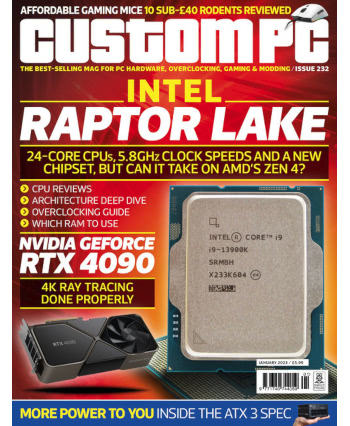
The Jolly Module is an interesting beast. Created by Gianluca Martino, one of the founding members of the Arduino team, it’s designed to address a very real problem: drawers packed with Arduino Uno development boards which have been made obsolete by modern equivalents boasting integrated Wi-Fi networking. Thus, the Jolly Module: pop out the ATmega328 microcontroller in the socket on top of the Arduino Uno and put the Jolly Module in its place and you can do everything you used to do with the added benefit of Wi-Fi connectivity.
It’s not a perfect device, by any means. Its pricing means that you could be better off buying something like a Raspberry Pi Pico W or an ESP32-based board, unless you’re tied into the Arduino Uno form factor already, while it doesn’t quite fit as well as it should – and strains the socket to the point where you can’t go back to the original ATmega328 chip. It’s clever, though, and for those with Arduino Uno shields to spare can mean a whole new lease of life for otherwise-abandoned hardware.
Shareware Heroes, meanwhile, is the follow-up to Moss’ The Secret History of Mac Gaming, which I reviewed back in Issue 196. This time, Moss turns his attention to shareware software – that bygone era before high-speed internet made distribution a non-issue, when the easiest way for a software house to get its wares in peoples’ hands was to encourage them to copy and distribute it among themselves. As with its precursor, Shareware Heroes is a fantastically well-researched tome and a delight to read – and comes with the added benefit of a DOS-themed website providing access to a full bibliography and reference database.
Finally, I also cover two bits of news in the column: Framework announcing the release of its first modular laptop design for Google’s Chromebook platform, and the launch of an upgrade module for the Clockwork Pi DevTerm (reviewed in Issue 222) which offers compatibility with the Raspberry Pi Compute Module 4 family.
All this and more is available at your nearest supermarket or newsagent, online with global delivery, or as a DRM-free digital download on the official website.

